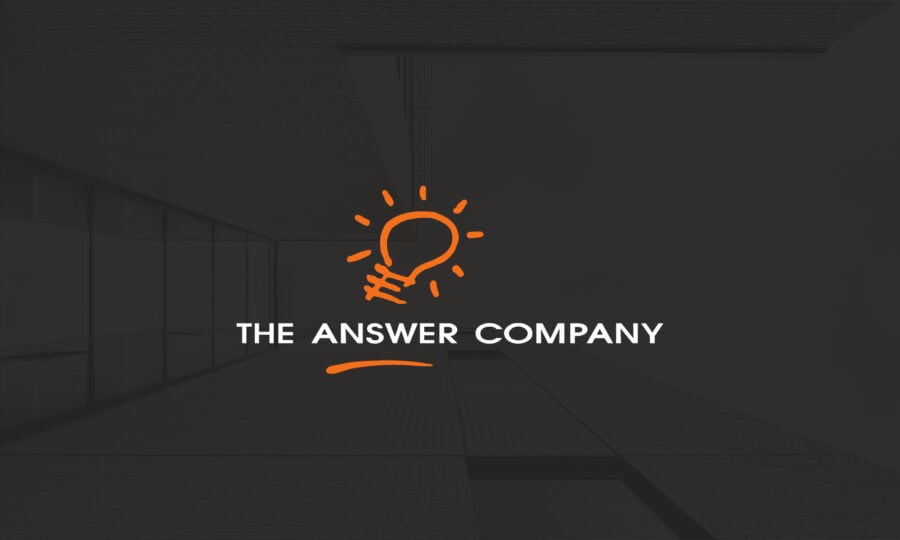Time to Upgrade from QuickBooks: What to Look Forward to
Many Canadian companies are using basic accounting solutions like QuickBooks or Sage 50 (Simply Accounting) for bookkeeping tasks. When a company is starting out, a simple accounting solution, like the ones mentioned, make all the sense in the world. They provide bookkeeping functionality that calculates tax and automatically updates transactions to a company’s Chart of Accounts, but come short when a company grows large enough to consider an ERP solution.
In particular, QuickBooks comes short in that it does not provide full traceability of accounting transactions. This means that anyone can go back and delete a transaction, without any audit trail, which is fine for a very small business, but not one that is looking to grow. This may be only the first sign that your company has outgrown QuickBooks, but there are more.
How to know if it is time to upgrade from QuickBooks
It’s important to understand the current situation you are in and where you are trying to get to. There are a number of warning signs that your company has outgrown QuickBooks, like data frustration, slow turn-around, and time consuming manual processes. The bottom line though, is to understand what you are trying to grow towards and what systems you need in place to help you get there.
Do you wish you had full traceability of accounting transactions? How about..
- in-depth user defined charts and reports,
- workflows and alerts,
- built-in tax reporting with e-filing,
- ability to handle intercompany transactions,
- inventory forecasting and planning,
- materials requirement planning, or
- anything to do with manufacturing?
Really? Then it’s probably time to upgrade to an ERP solution.
The point here is that at some point you will outgrow QuickBooks and that’s a good thing, there is a lot to look forward to.
What to look forward to when upgrading to Sage 100 ERP
When you are upgrading to an ERP solution like Sage 100 ERP, you are trading in basic systems that are taking away your efficiency and profitability, and getting structural support geared towards growth.
Sage 100 ERP increases the depth and reach of all functions currently performed by QuickBooks. It organizes all of a company’s data into a single database, giving faster and reliable access to all interconnecting data. For example, when you are dealing with customers you will not only have access to past transactions, but detailed drill down information of every time a customer came into contact with your company.
It will take a company’s handling of inventory from inventory accounting up to inventory management, so that you can spot where any item is at any point in time, in real time. At a single glance the system allows users to see what is on sales order, purchase order, in the warehouse, or on back order. In fact, Sage 100 ERP automates all shipping and distribution systems, for reduced inventory cycles and efficient warehouse operations.
Basically, Sage 100 is an end-to-end business solution ideal for manufacturing, distribution, or wholesalers that are looking to automate and integrate everything from accounts receivable and accounts payable to payroll and sales orders.
Additional benefits of choosing an ERP like Sage 100 ERP
When you upgrade to an ERP solution like Sage 100 (more on the business case for upgrading to ERP systems), you are establishing access to solutions that can help improve your business and serve as the groundwork for growth. Even though Sage 100 ERP and most of Sage ERP solutions are end-to-end business solutions, they are connected to additional modules available via the cloud.
If your company is looking for additional inventory management solutions, sales and marketing solutions like CRM, or mobile access for sales and service staff through their smart phone or tablet, you can easily attain it through Sage’s cloud offerings. These additional modules are easy to implement and connect with the Sage 100 ERP database seamlessly.
Your company will not be the first to make the step from QuickBooks to Sage 100, so as such, the road ahead will be a much travelled one. With data migration tools there is an easy conversion path, so that data on all customers and invoices can happen painlessly.
